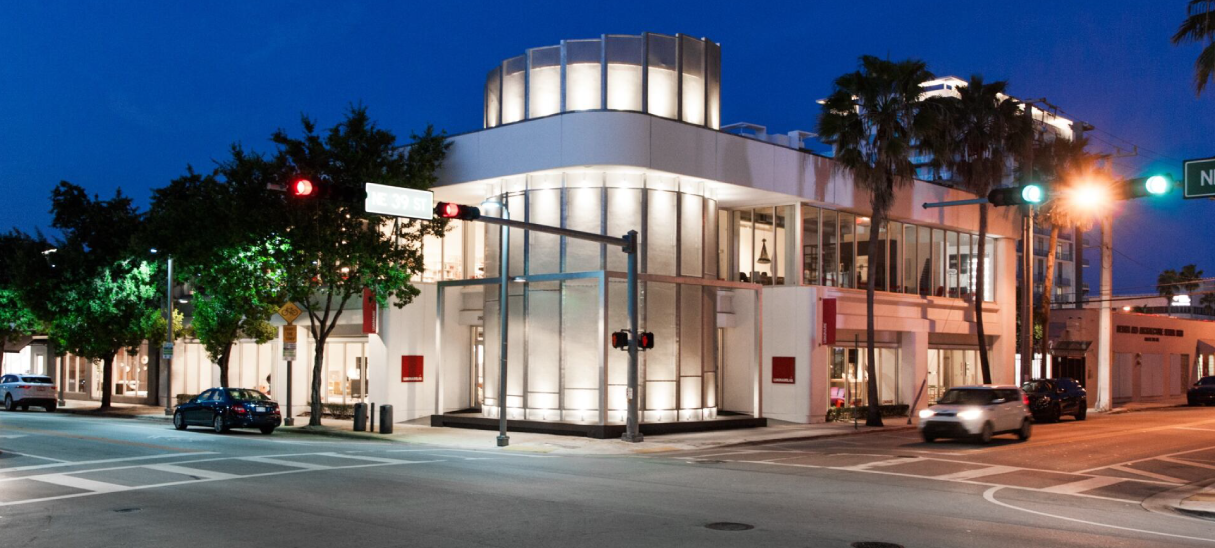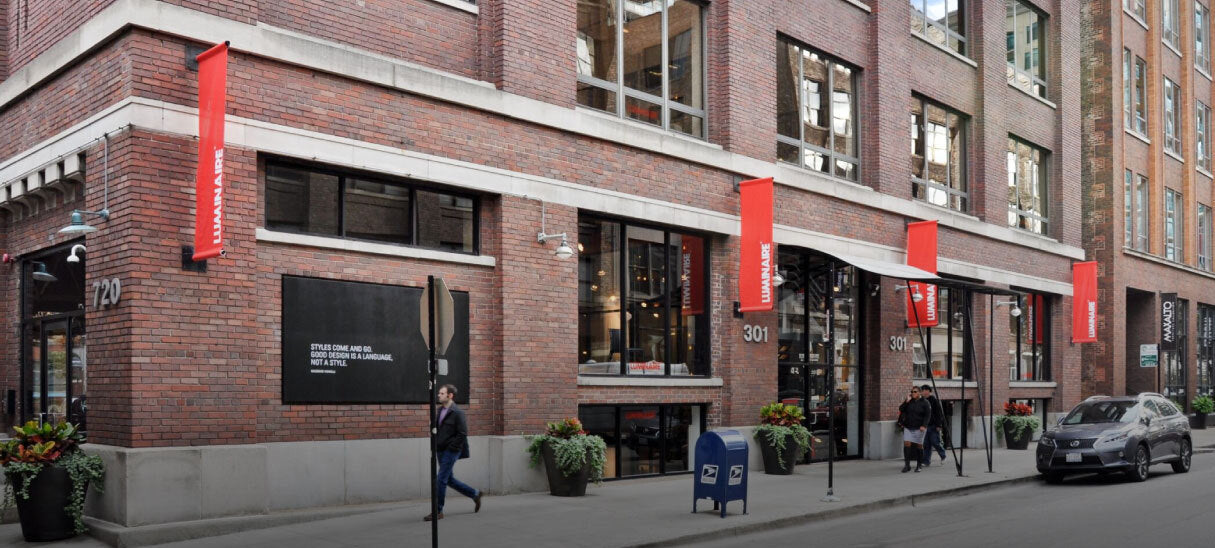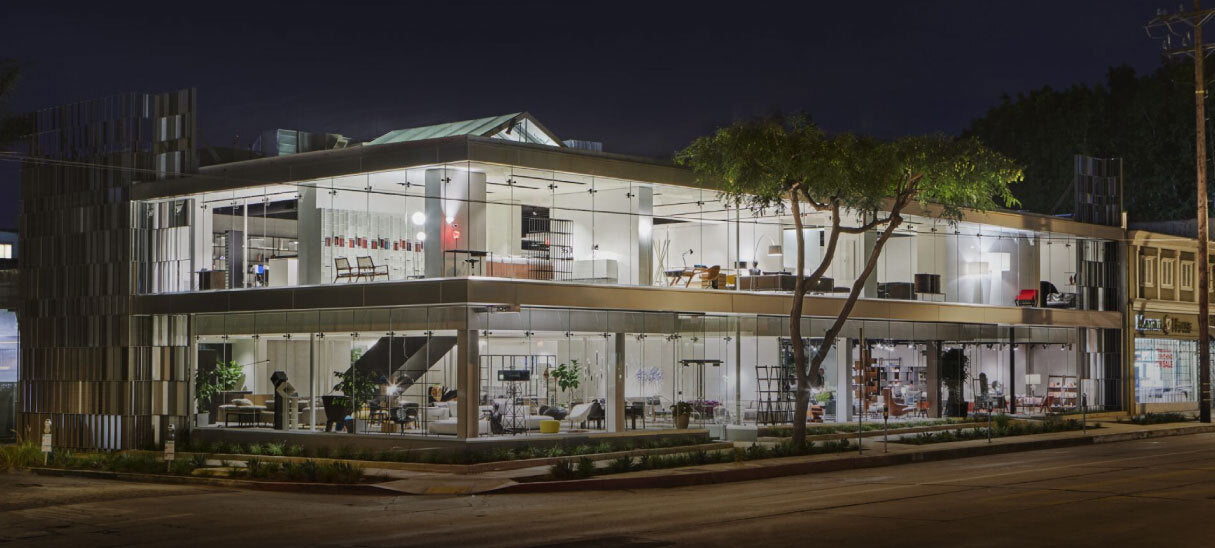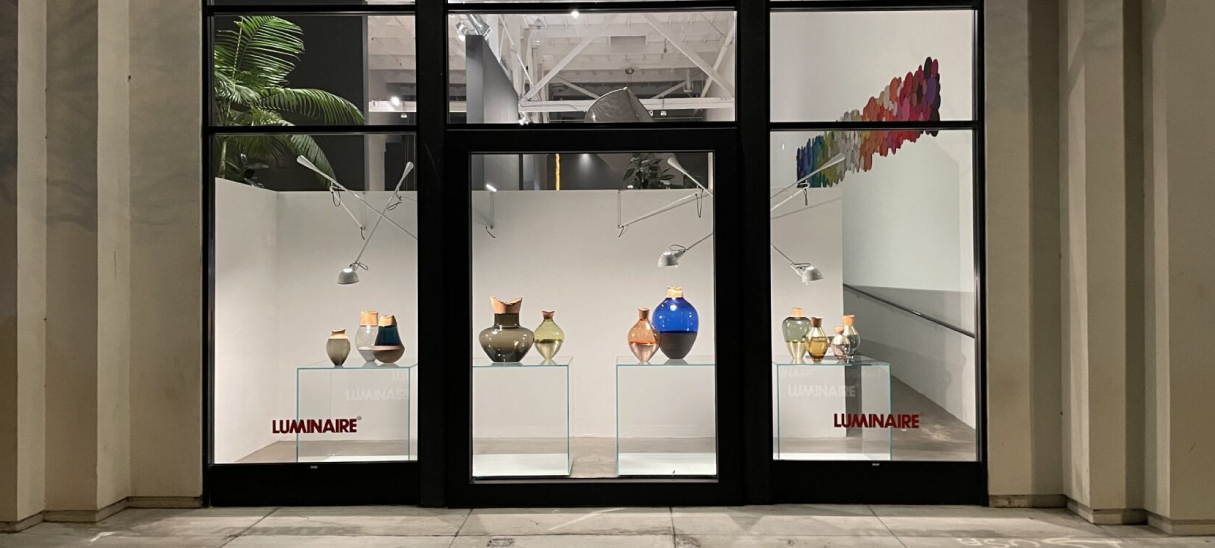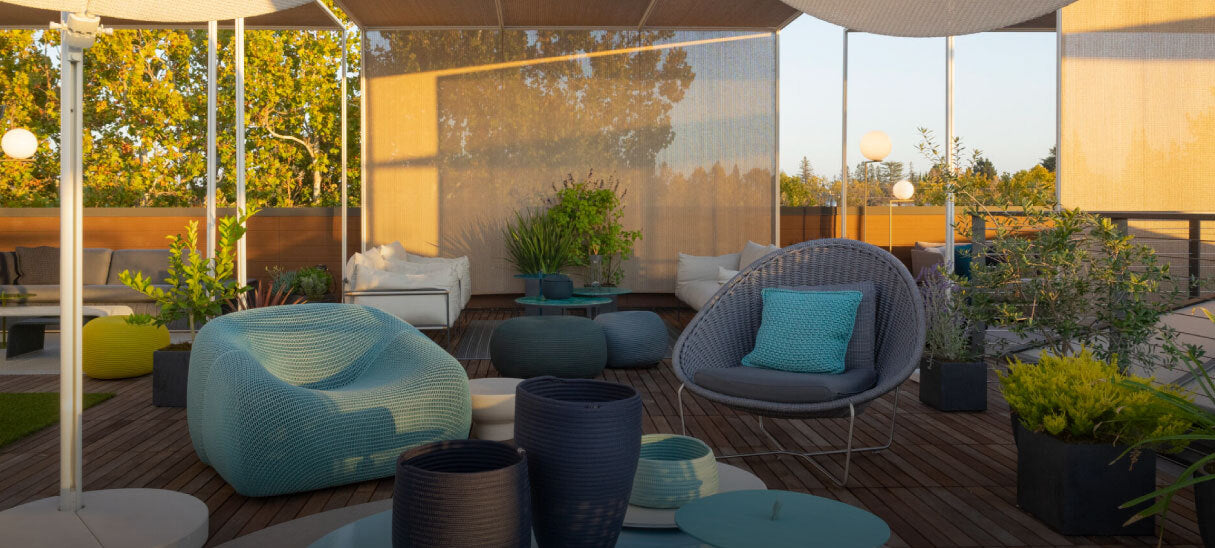Enjoy 20% Off on Selected Chairs. Shop Now
Konstantin Grcic
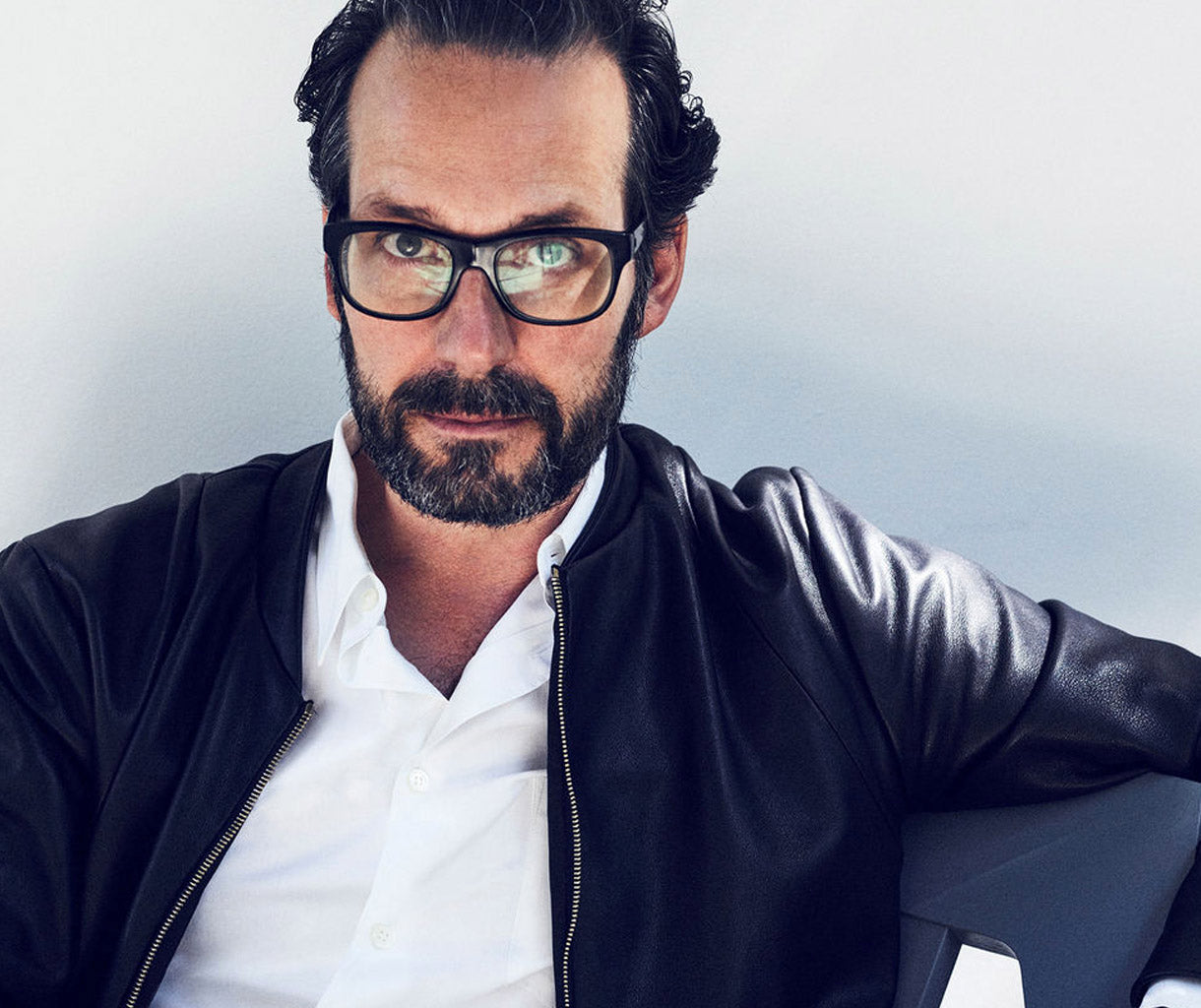
“The thing I enjoy most, since I was a child, is to make things. I still love my work, because I make 3D object in my studio. I have become what I wanted to be when I was a child, though I didn’t know the word ‘design’.”
In a world saturated with objects and messages, Konstantin Grcic is unique for his ability to chart new territories. Grcic creates pieces widely described as pared down, simple, and minimalist. What sets him apart from the minimalism in fashionable currency today is that he defines function in human terms, combining maximum formal strictness with considerable mental acuity and humor.
After training as a cabinet-maker at Parnham College in England and studying design at the Royal College of Art in London from 1988-1990, Konstantin Grcic established his own design practice, Konstantin Grcic Industrial Design in Munich in 1991. He has developed furniture, products and lighting for some of Europe’s leading design companies such as Agape, Authentics, ClassiCon, Driade, Flos, Littala, Krups, Lamy, Magis,Moormann, and Moroso.
Grcic himself describes his style as ‘current, feasible, and realistic.’ His influences are many, but he cites Sottsass and Castiglioni in particular due to the depth and impact of their life’s work. Many of his products have received prestigious design awards. The Mayday lamp produced for Flos was selected for the permanent collection of MoMA New York and won the Compasso D’Oro in 2001. With a dual functioning handle that combines a closed grip and a hook for easy hanging, a 16-foot cord, and the ability to stand alone on its base, the Mayday lamp exhibits the kind of flexibility found in industrial work lights while exuding the exquisiteness of an objet d’art.
Luminaire has worked closely with Grcic for over ten years. His unique Osorom seating program for Moroso was exhibited for the first time in the United States at Luminaire, and in June 2004, Luminaire welcomed the young designer and discussed his meteoric rise at a lecture in the Chicago showroom during Neocon. For the 2006 Puppy Love exhibition and auction, Grcic took an inanimate 3D plastic puppy, gave it life and made it dance in ‘Nose-Jive-Three-Sixty’ to raise awareness and funds to support cancer research. In 2008, he further joined Luminaire in the fight against cancer by exploring the wonders of paper in the ‘Love’ series second incarnation, Paper. In the exhibition, a rosy pink package, rectangular and boxy, sat addressed to PaperLove and signed by Konstantin Grcic. The top of the package, in light gray Gils Sans, reads:
What you do really with paper can never quite come up to with what the paper offers. It’s something about that broken package, in the way the carton is torn, sort of invites you to come in. There’s something about taking out that first sheet, that sort of changes that thing.” Charles Eames, taken from the Charles Eliot Norton Lectures, 1971
Paper here is an open invitation to discover joy. However, by opening the package, the work is destroyed. And here lies the conundrum, a testament to the beauty of the complete as well as the imperfect and broken.


